Auto Retail Grows 5% In June, FADA Maintains Cautious Optimism For Near-Term
- By MT Bureau
- July 07, 2025
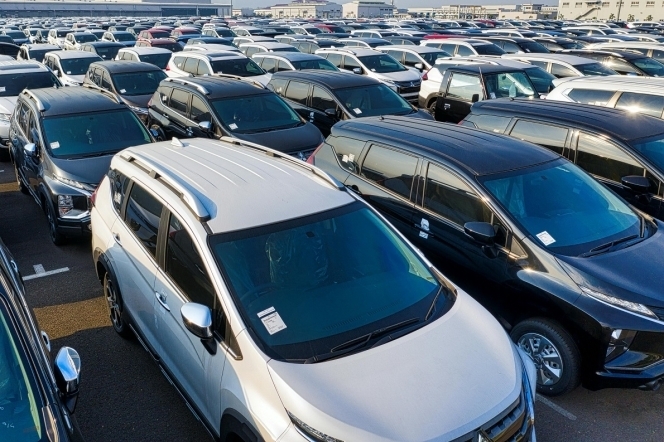
The Federation of Automobile Dealers Association (FADA), the apex body representing automotive dealerships in the country, has released the retail sales data for June 2025, which saw a total of 2 million vehicles sold in the country, which was 4.84 percent higher YoY, but 9.4 percent lower than the previous month.
Last month, two-wheeler sales continued to be in the green with 1.44 million units sold, as against 1.38 million units sold last year. Three-wheeler sales grew by 6.6 percent, while passenger vehicle sales at 297,722 units, saw a flattish growth of 2.45 percent YoY. Tractor sales at 8.6 percent, construction equipment at 54.95 percent and commercial vehicle with 6.6 percent showed signs of healthy growth.
C S Vigneshwar, President, FADA, said, “While two-wheelers showed some early-cycle softness, we remain confident of a robust ramp-up in the coming months as seasonal demand and targeted OEM initiatives take effect.”
He pointed out that while festival and marriage-season demand provided a boost, financing constraints and intermittent variant shortages moderated sales. Early monsoon rains and rising EV penetration also shaped buying patterns in the two-wheeler segment.
“Several dealers cited compulsory billing and forced stock lifts – often via auto-debit wholesales – leading to mandated high days of inventory aligned with festival-season targets. Overall, June demonstrated a resilient two-wheeler performance amid mixed market signals,” he noted.
In the passenger vehicle space despite elevated incentive schemes and fresh booking lent support, heavy rains and tight market liquidity impacted sales. “Some dealers indicated that certain PV OEMs have introduced compulsory billing procedures – such as automatic wholesale debits – to meet volume targets; inventory consequently stands at around 55 days. June thus painted a picture of modest but steadfast PV performance amid varied market cues,” Vigneshwar said.
The CV segment saw early-month deliveries buoy volumes before monsoon-induced slowdowns and constrained liquidity dampened inquiries and conversions. The impact of new CV taxation along with mandatory air-conditioned cabins has elevated ownership cost, alongside muted infrastructure demand.
Cautious optimism
Looking ahead, the retail body anticipates a period of mixed fortunes. Above-average monsoon rains in July, are expected to boost rural demand, particularly for two-wheelers, thanks to stronger farm incomes highlighted by an 11.3 percent YoY increase in Kharif sowing. However, intense rainfall in some regions could create logistical challenges.
Simultaneously, substantial government capital expenditure from June to August on infrastructure projects like roads, railways, metros and green energy initiatives will continue to support the CV and CE segments.
Despite these positive drivers, several headwinds remain. Evolving geopolitical tensions and potential repercussions from US tariff measures necessitate careful supplychain management and could dampen consumer confidence. Furthermore, scarcity of rare-earth materials is hindering component production, which in turn limits overall supply and retail volumes.
In the two-wheeler market, early monsoon showers and renewed rural activity have sparked interest, but heavy rainfall, component shortages and price hikes effective this month are impacting conversions. Passenger vehicles face challenges from high-base effects, a limited number of new model launches and tight financing, although festival planning and new incentive schemes offer some counterbalance. Commercial vehicles continue to contend with subdued infrastructure demand, increased ownership costs due to new taxes and mandatory air-conditioned cabin regulations, though extended order pipelines provide some relief.
Vigneshwar expects that July is likely to see a blend of agrarian tailwinds and the positive impact of school reopenings, tempered by seasonal difficulties, higher prices and liquidity constraints.
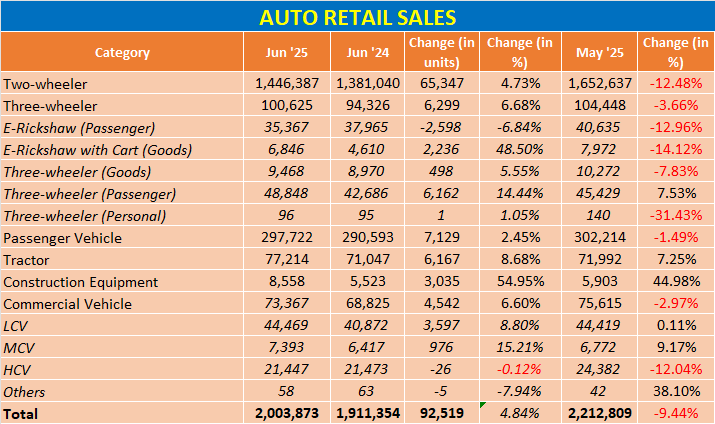
Ola Electric Receives INR 3.66 Billion In PLI-Auto Incentive For FY2025
- By MT Bureau
- December 25, 2025
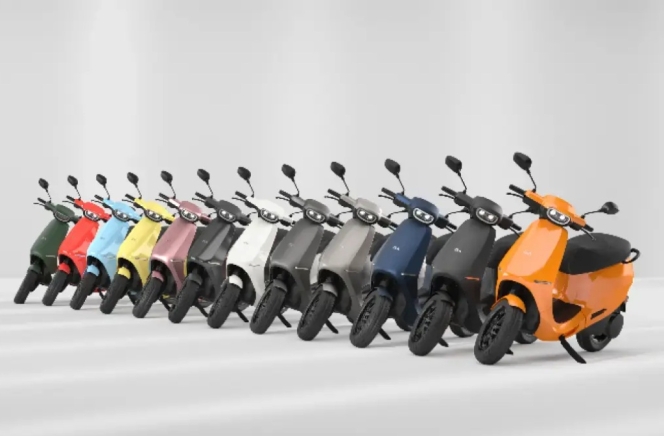
Bengaluru-based electric vehicle maker Ola Electric has received a sanction order from the Ministry of Heavy Industries for incentives totalling INR 3.66 billion. The payment is granted under the Production Linked Incentive (PLI) Scheme for Automobile and Auto Components for FY2024-25.
The incentive relates to the Determined Sales Value for the period and will be disbursed through IFCI, the financial institution appointed by the government for the scheme.
The PLI-Auto Scheme is an initiative by the Government of India designed to increase domestic manufacturing and the adoption of advanced automotive technologies. Ola Electric’s eligibility for the claim is based on its vertical integration and localisation of electric vehicle (EV) components.
“The sanction of INR 3.66 billion under the PLI-Auto Scheme is a strong endorsement of Ola Electric’s manufacturing capabilities and our commitment to building world-class EV technology in India. This incentive recognises our sustained efforts in scaling domestic production, deepening localisation, and driving innovation across the electric mobility value chain. We remain committed to supporting the Government of India’s vision of making India a global hub for advanced automotive manufacturing and clean mobility,” said the company in a statement.
bp To Sell 65% Stake In Castrol To Stonepeak For $10.1 Billion
- By MT Bureau
- December 25, 2025

UK-based energy major bp has reached an agreement to sell its 65 percent shareholding in Castrol to investment firm Stonepeak at an enterprise value of USD 10.1 billion. The deal follows a strategic review of the lubricants business and is expected to result in net proceeds for bp of approximately USD 6 billion.
The transaction includes USD 0.8 billion as a pre-payment of future dividend income on bp’s retained 35 percent stake. The valuation represents an enterprise value to EBITDA ratio of approximately 8.6x. Following the sale, a new joint venture will be formed with Stonepeak holding the majority interest and bp retaining 35 percent.
The sale is a component of bp's USD 20 billion divestment programme. To date, the company has announced or completed divestments totalling USD 11 billion.
Proceeds from the Castrol transaction will be used to reduce bp’s net debt, which stood at USD 26.1 billion at the end of the third quarter of 2025. The company aims to reach a net debt target of USD 14–18 billion by the end of 2027. bp has a two-year lock-up period on its remaining 35 percent stake, after which it has the option to sell.
Carol Howle, interim CEO, bp, said, “Today’s announcement is a very good outcome for all stakeholders. We concluded a thorough strategic review of Castrol, that generated extensive interest and resulted in the sale of a majority interest to Stonepeak. The transaction allows us to realise value for our shareholders, generating significant proceeds while continuing to benefit from Castrol’s strong growth momentum. And with this, we have now completed or announced over half of our targeted USD 20bn divestment programme, with proceeds to significantly strengthen bp’s balance sheet. The sale marks an important milestone in the ongoing delivery of our reset strategy. We are reducing complexity, focusing the downstream on our leading integrated businesses, and accelerating delivery of our plan. And we are doing so with increasing intensity – with a continued focus on growing cash flow and returns and delivering value for our shareholders.”
Anthony Borreca, Senior Managing Director, Stonepeak, said, “Lubricants are a mission-critical product, which are essential to the safe and efficient functioning of virtually every vehicle, machine, and industrial process in the world. Castrol’s 126-year heritage has created a leading market position, an iconic brand, and a portfolio of differentiated products that deliver meaningful value to its customers. We are excited to work alongside Castrol’s talented employees, coupled with bp’s continued guidance as a minority interest holder, as we support the business’s continued growth.”
The transaction is expected to complete by the end of 2026, subject to regulatory approvals. bp stated that the move allows the company to simplify its portfolio and focus its downstream operations on integrated businesses.
- Automotive Skills Development Council
- ASDC
- Central Board of Secondary Education
- CBSE
- Toyota Kirloskar Motor
- National Automobile Olympiad
- Dr Biswajeet Saha
- Vinkesh Gulati
- G Shankara
ASDC, Toyota Kirloskar Motor, CBSE Host National Automobile Olympiad 2025
- By MT Bureau
- December 24, 2025
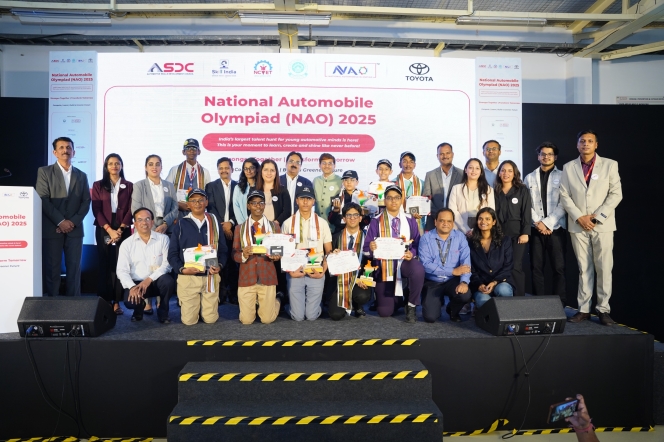
The Automotive Skills Development Council (ASDC), in collaboration with the Central Board of Secondary Education (CBSE) and Toyota Kirloskar Motor (TKM), concluded the National Automobile Olympiad (NAO) 2025. The event took place from 17–19 December at Toyota’s manufacturing facility in Bidadi.
The initiative, aligned with the Skill India Mission, is designed to introduce school students to careers in the automotive and mobility sectors. The Olympiad saw participation from 175 students in Classes VI to XII. These participants were selected from an initial pool of over 136,000 students from schools across India and the UAE.
The three-day event included:
- Industry Masterclasses: Sessions led by experts on automotive fundamentals and emerging technologies.
- Technical Challenges: Competitions covering robotics, welding precision and technical problem-solving.
- Future Mobility Modules: Exposure to hybrid vehicles, data science and AR/VR tools.
- Industry Immersion: Visits to the Toyota manufacturing plant, the Toyota Technical Training Institute (TTTI) and test-track experiences.
The Olympiad concluded with the announcement of winners across three categories:
|
Category |
1st Place |
2nd Place |
3rd Place |
|
Grades 6–8 |
Abeer Verma (Bhopal) |
Aaradhy Pradhan (Ghaziabad) |
Dakhsh Kumawat (Indore) |
|
Grades 9–10 |
Anchit Sahai (Maharashtra) |
Arjun Annamalai (Chennai) |
Mahatva Jain (Jaipur) |
|
Grades 11–12 |
Nishanth Sudhakar (Chennai) |
Vidhan Herpalani (Dubai) |
Punith Kumar (Bengaluru) |
Dr Biswajeet Saha, Director, Training & Skill Education, CBSE, said, “We are delighted to see Toyota Kirloskar Motor hosting National Automobile Olympiad, which perfectly aligns with CBSE’s vision of experiential and skill-based learning. Events like this provide students with invaluable exposure to real-world automotive excellence and industry best practices. They also bridge the gap between classroom learning and practical application, inspiring young minds.”
Vinkesh Gulati, Chairperson, ASDC, said, “National Automobile Olympiad is a powerful platform to spark curiosity and channel young talent toward the automotive sector. ASDC is committed to building a future-ready workforce, and collaborations such as this with Toyota Kirloskar Motor provide students early exposure to real-world industry practices. The enthusiasm and technical aptitude displayed by participants reaffirm our belief in India’s next generation of mobility professionals.”
G Shankara, Executive Vice-President, Toyota Kirloskar Motor, stated, “We are proud to collaborate with ASDC in nurturing young minds through NAO 2025. By offering experiential learning and access to world-class skilling infrastructure, we aim to inspire students to innovate and contribute meaningfully to the future of mobility while supporting the Skill India vision.”
The programme concludes a cycle of assessments and training intended to bridge the gap between academic learning and industrial application in the automotive sector.
- SIAM
- Society of Indian Automobile Manufacturers
- National Road Accident Reduction Challenge 2026
- Safe Journey
- Prashant K Banerjee
- Devashish Handa
- Suzuki Motorcycle India
SIAM Launches National Road Accident Reduction Challenge 2026 For Students
- By MT Bureau
- December 23, 2025

The Society of Indian Automobile Manufacturers (SIAM) has launched the National Road Accident Reduction Challenge 2026 under its ‘Safe Journey’ initiative. The competition invites undergraduate students across India to develop solutions aimed at improving road safety and reducing fatalities.
The challenge targets undergraduate students in teams of two to four. Participants are required to submit field-tested or ready-to-implement ideas across several themes:
- User-centric interventions
- Technology-driven safety
- Infrastructure improvement
- Evaluation and enforcement
Submissions must include a 15–20 slide concept deck backed by data validation, fieldwork, or prototypes. The deadline for nominations is 15 January 2026, with final projects due by 1 March 2026.
Shortlisted teams will present their projects to a jury consisting of representatives from SIAM, vehicle manufacturers (OEMs), transport authorities and NGOs. The winning team will be awarded a cash prize of INR 250,000 at the SIAM SAFE Annual Convention 2026.
Prashant K Banerjee, Executive Director, SIAM, said, “In India, around 485 people lose their life daily due to road accidents. India’s young minds have the power to drive real change on our roads. The National Road Accident Reduction Challenge 2026 is designed to channel their creativity, problem-solving skills, and sense of responsibility into practical interventions that can be implemented on the ground. By engaging students as partners in road safety, SIAM aims to foster a culture of accountability, innovation, and safer mobility for the nation.”
Devashish Handa, Executive Officer, Suzuki Motorcycle India (SMIPL), said, “Road safety is a key focus area of Suzuki Motorcycle India’s CSR efforts. We believe that student-led innovation can contribute meaningfully to safer mobility in India. Through SIAM’s National Road Accident Reduction Challenge 2026, we aim to strengthen road safety ethics among the young generation and encourage practical, on-ground interventions to help bring down road fatalities.”



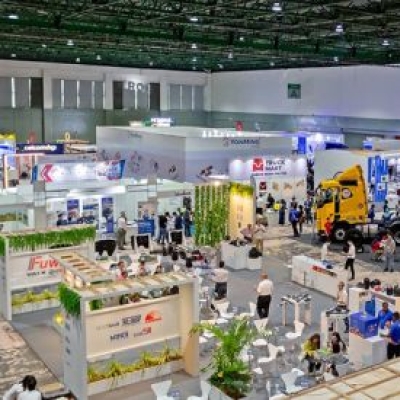


Comments (0)
ADD COMMENT